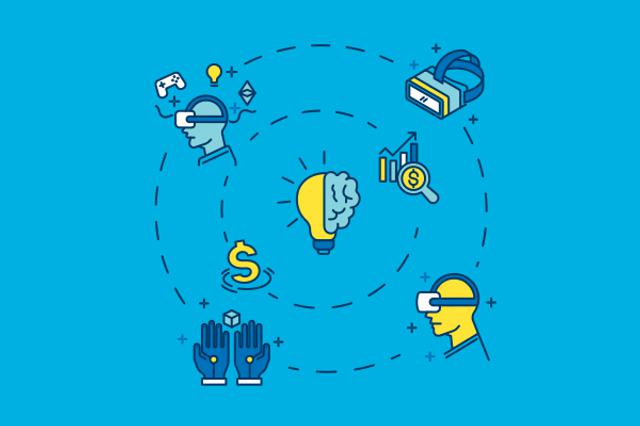Articles January 20, 2023
Chatbots in 2023: Moving from Novelty to Necessity


Positive chat experiences have raised consumer expectations
Chat can make brands more accessible to their customers
Leveraging automation can lead to even greater efficiencies
Chat allows companies to meet customers where they are — now
Subscribe to receive our latest chatbot insights
Learn MoreRelated Insights








